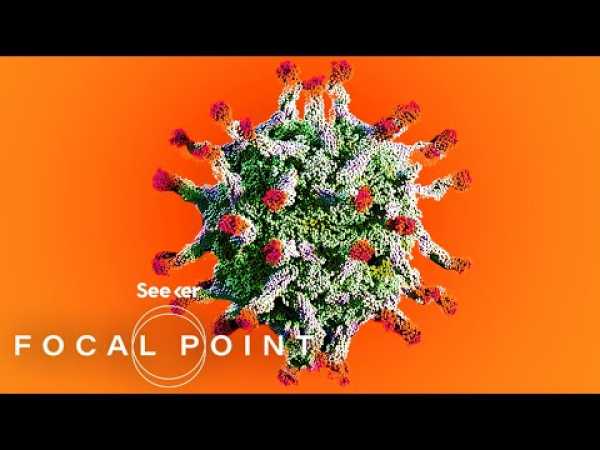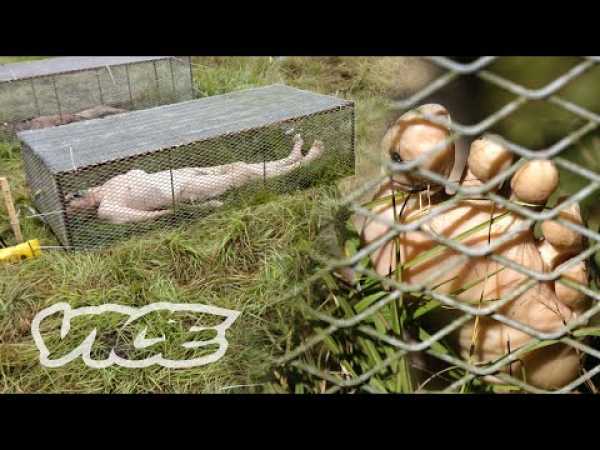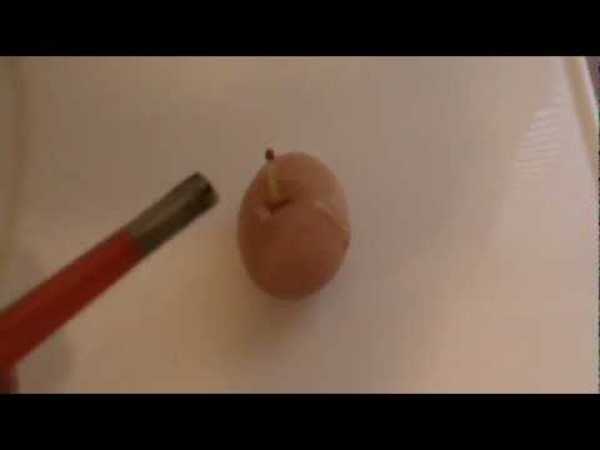
How Plants Communicate - Nature Documentary HD #Advexon
- font size decrease font size increase font size
Watch our New Video - https://youtu.be/CIFogwGHKKU
Subscribe our new Channel - https://www.youtube.com/c/seosantv
How Plants Communicate & Think - Nature Documentary HD
You may not think of plants as particularly chatty or active organisms, but they’re not as passive as they might seem.
Today in documentaries series, we present you a new video called "How Plants Communicate - Nature Documentary HD #Advexon " documentary. You can click the title or image to visit article and watch the video. Details are in the article. Have fun watching.
Watch our New Video - https://youtu.be/CIFogwGHKKU
Subscribe our new Channel - https://www.youtube.com/c/seosantv
How Plants Communicate & Think - Nature Documentary HD
You may not think of plants as particularly chatty or active organisms, but they’re not as passive as they might seem. Plants can’t run away, so they have to develop other strategies to stay alive, as James Cahill, an environmental plant ecologist at the University of Alberta, explains in “What Plants Talk About,” a documentary from the PBS show NATURE. They’ve evolved the use of chemicals to communicate with insects and each other in order to thrive. Here are five behaviors that show how active plants can be.
You may not think of plants as particularly chatty or active organisms, but they’re not as passive as they might seem. Plants can’t run away, so they have to develop other strategies to stay alive, as James Cahill, an environmental plant ecologist at the University of Alberta, explains in “What Plants Talk About,” a documentary from the PBS show NATURE. They’ve evolved the use of chemicals to communicate with insects and each other in order to thrive. Here are five behaviors that show how active plants can be. 1. PLANTS CAN CALL FOR HELPWhen you inhale the sweet smell of freshly mown grass or cut flowers, what you’re actually smelling is the plant’s distress call. “It’s the plant's way of crying out for help,” Cahill says. The scent attracts insects that will eat the pests currently munching on their plant-bodies. For instance, the wild tobacco plant can identify a hornworm caterpillar by its saliva. When attacked by this caterpillar, the tobacco plant emits a chemical signal that appeals to the insect’s enemies. Within hours, caterpillar predators like the big-eyed bug show up, ideally driving the pest away. 2. PLANTS CAN EAVESDROPPlants can eavesdrop on the chemical signals of their brethren, and sometimes respond to another plant’s SOS cry by ramping up their own defenses proactively, knowing that a hungry insect is nearby. A 2013 review found 48 studies support the idea that plants increase their defenses after their neighbors are damaged. For instance, when wounded by a hornworm, sagebrush releases defensive proteins called trypsin proteinase inhibitors (TPIs), which prevent the insect from digesting protein and stunt its growth. When neighboring plants—even other species—are exposed to the chemical signals of damaged sagebrush, they begin readying their defenses. Wild tobacco, scientists found, begins prepping to make these TPIs when it senses a distress call from sagebrush, giving it a head start on defending itself if the caterpillar comes calling. 3. PLANTS CAN DEFEND THEIR TERRITORY Plants compete with each other for sunlight, jostling for position among their neighbors. They also can push out competition in other ways. The invasive knapweed plant—native to Eastern Europe but wrecking havoc on U.S. grasslands—has roots that release certain chemicals to help the plant take in nutrients from the soil. Those same chemicals also kill off native grasses. Thus, the knapweed ends up taking over large territories and killing off its competitors, much like some animals do. Some plants, however, have formed a defense. Lupin roots secrete oxalic acid, which forms a protective barrier against the toxic chemicals given off by knapweed. Lupin can even protect other plants in its vicinity from falling prey to the invasive species. 4. PLANTS CAN RECOGNIZE THEIR SIBLINGS Plants can sense when other plants are growing around them. This helps them compete for resources like sunlight, growing more if another plant is shading them, for instance. But like animals, they tend to recognize and support their kin. In an experiment with sea rocket, a plant that often grows close together with its siblings, plants that were grown in pots with relatives had more restrained root growth than plants grown with random strangers. The plants in the stranger condition grew more roots in order to better compete for food, whereas the sibling plants were more considerate of each other’s needs. Further experiments showed that sibling plants recognize each other via chemical signals. 5. PLANTS CAN COMMUNICATE WITH MAMMALSPlants go out of their way to attract more than just insects. A carnivorous pitcher plant native to Borneo has evolved to hijack bat communication systems, turning the bats’ echolocation to its advantage. According to a new study in Current Biology, Nepenthes hemsleyan has a concave structure that is specially suited to reflect bat echolocation, helping the bats find the plant. The bats roost in the pitcher plant, and provide important nutrients by way of the bat guano that gets distributed in the soil nearby.
* Subscribe for more Scientific & Technological Videos
* Like & Share
* go to our website http://www.advexon.com
* Share your ideas and comment
Meo – 2019
LiteraryBlog.net – Documentaries Blog
‘Mehmet Şentürk
Telif: Sitemizde yayınlanan tüm belgesel videoları ilgili sahipler tarafından lisanslanmıştır. Tüm içerikler YouTube kaynaklarından alıntı yapılarak yayına alınmaktadır. Telif hakkı talepleriniz için bize yazın: [email protected]. Copyright: All documentaries are licensed by respected owners and published in this website with references fully given to owners at YouTube. Please write us @ [email protected] for any claims.





